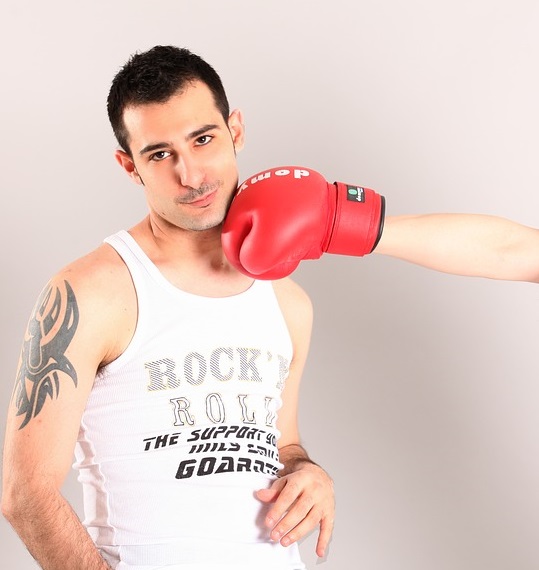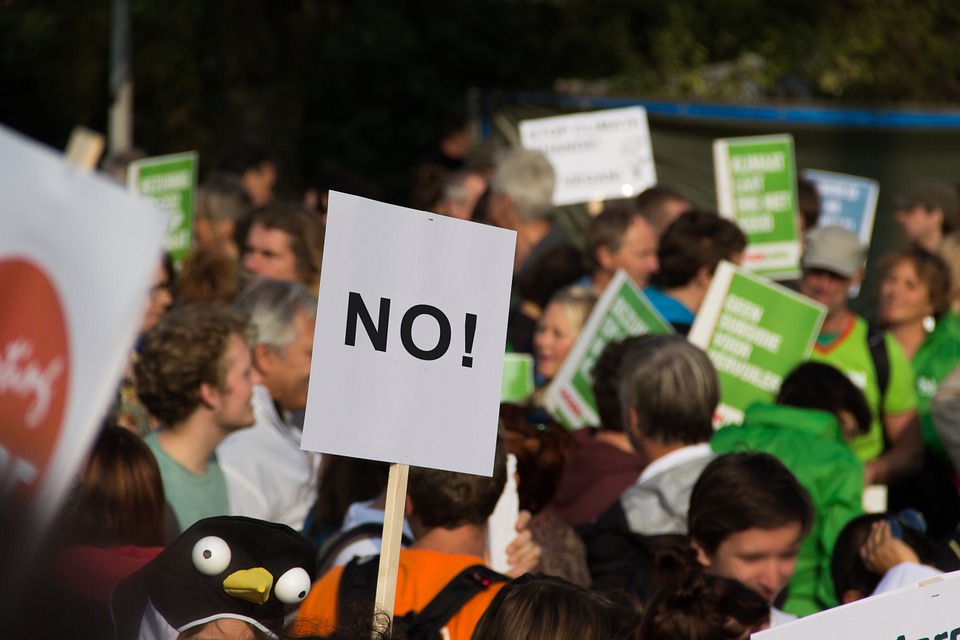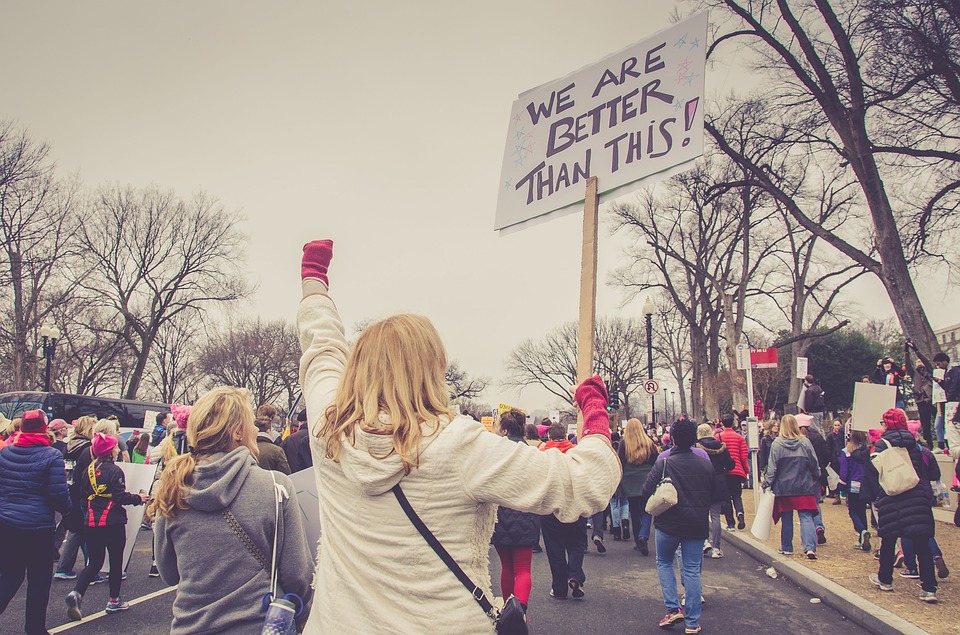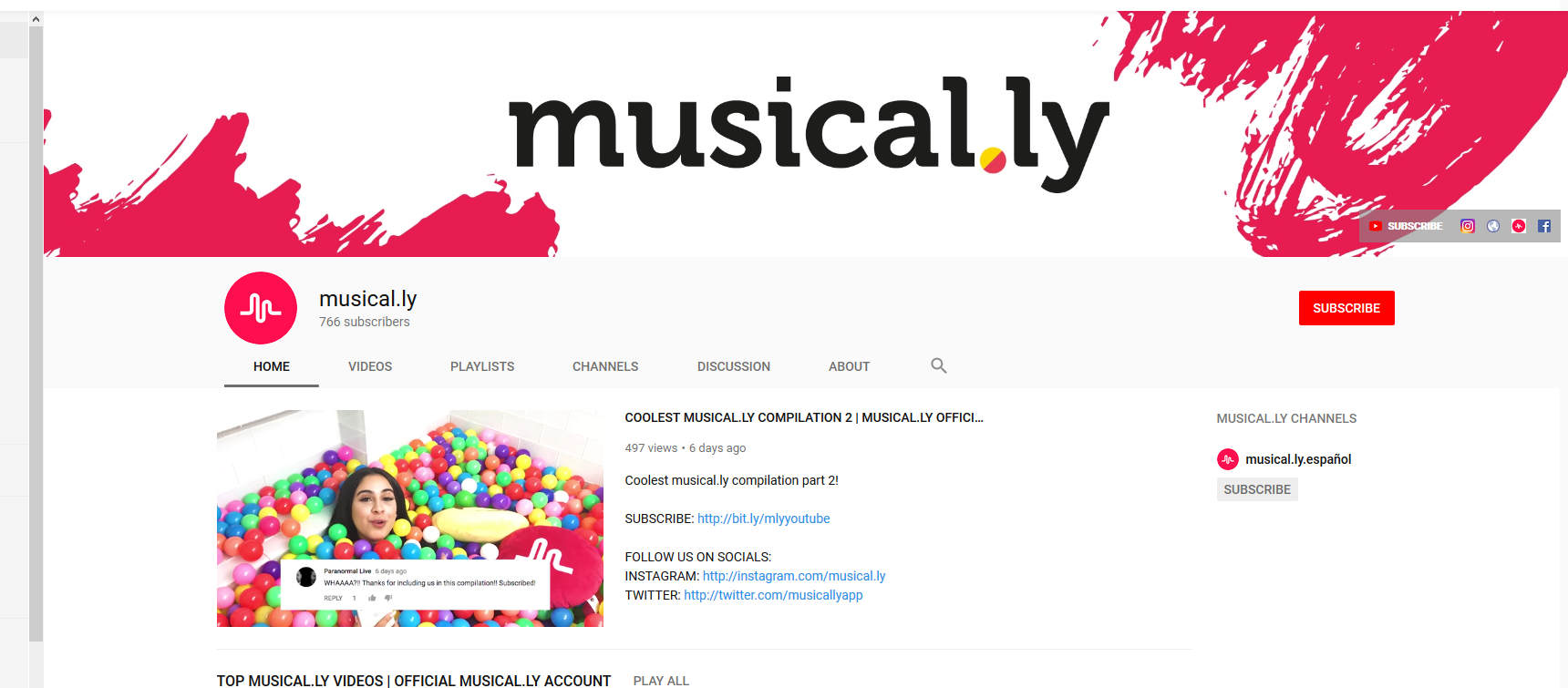Academics have identified four distinct personas of social media user that teenagers describe as shaping how they behave on social media.
By MediaStreet Staff Writers
Young social media users are categorised as either acting like the Geek, the Internet Celebrity, the Victim or the Lurker depending on their levels of online activity and visibility, University of Sussex academics say.
The categorisations are based on interviews the researchers conducted with children aged between 10 and 15-years-old for a new book, Researching Everyday Childhoods, published by Bloomsbury last month.
The interviews revealed many youngsters were increasingly savvy about maintaining their privacy online, often being motivated to protect themselves by unpleasant past personal experiences or negative incidents that affected classmates.
Dr Liam Berriman, lecturer in digital humanities at the University of Sussex, said: “Our research found that concerns about staying safe online created an atmosphere of intense anxiety for young people, even if they had not directly experienced any problems themselves. The young people we spoke to felt a great weight of responsibility for their safety online and were often motivated by the concern of being labelled a victim.”
“While there has been a lot of negative media coverage around teenagers’ interaction with social media, our findings are more hopeful that teenagers are responsible users of social media, are very conscious of the dangers and make considerable efforts to protect themselves against those risks.”
Teenagers navigate between the desire to be praised and recognised online and anxieties over the risk of opening themselves up to criticism and trolling. Among the four personas is the Internet Celebrity who is able to best use the latest trends and increasingly values “visibility of the self” through Instagram, Snapchat, the selfie and YouTube vlogging.

But academics also identified how young people are experimenting with and enjoying invisibility online. They describe the Lurker as someone able to avoid peer dramas arising through platforms such as Facebook, whilst still engaging in fun peer activities such as stalking their favourite music bands online.

The Geek, meanwhile, uses invisibility to anonymously share and promote their amateur media creations online, such as music videos or fan fiction writing. The academics described how the Geeks’ long hours of labour on projects risked parental concern that their behaviour was obsessive or addictive.

Professor Rachel Thomson, professor of childhood and youth studies at the University of Sussex, said, “What is distinctive about these active social media users was the entrepreneurial character of their practice, with ‘play’ re-envisaged as a form of economically rewarding work. By gaining an audience, young people are aware that they could capture advertising and corporate sponsorship. The dream is to ‘go viral’, establishing a career as a cultural creator.”
The research also highlights the risks contained in a world dominated by personal visibility with the Victim left to suffer personal exposure and shame following the creation and display of intimate material such as sexting and the loss of control of this material.

The Victim’s high visibility is often out of their control with their presence and heightened without their consent as private material is extracted from them and exchanged under false premises.
This can vary from the frustration of being tagged in photographs and the creation of an unflattering digital footprint through the activities of others to the more invasive techniques of fraping, where a person’s online identity is hijacked without their permission, or sharing of intimate photographs.
Dr Berriman said, “These examples reveal the impossibility of non- participation in the world of social media. A teenager does not necessarily have to create an online persona, it is something that can be created by others.”
This is great food for thought for anyone trying to catch the attention of teenagers online. You may even need to consider four different approaches when targeting the teen market. Thanks, science!
Have you listed your company in our Media Directory? Click here to do it now.


















